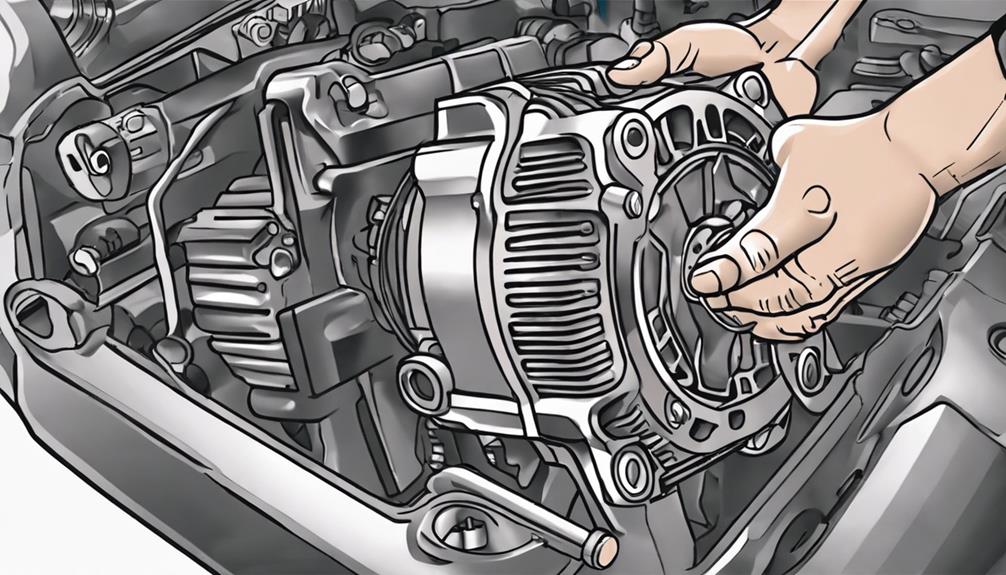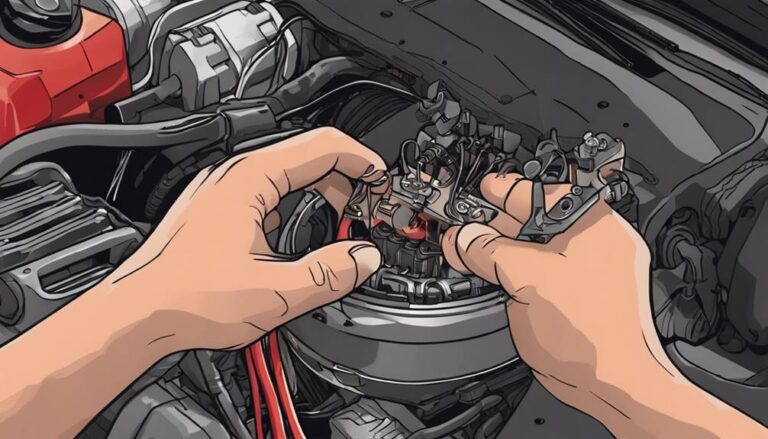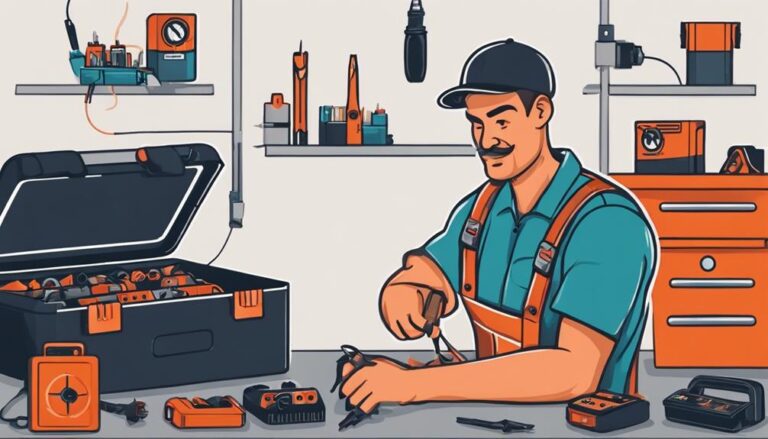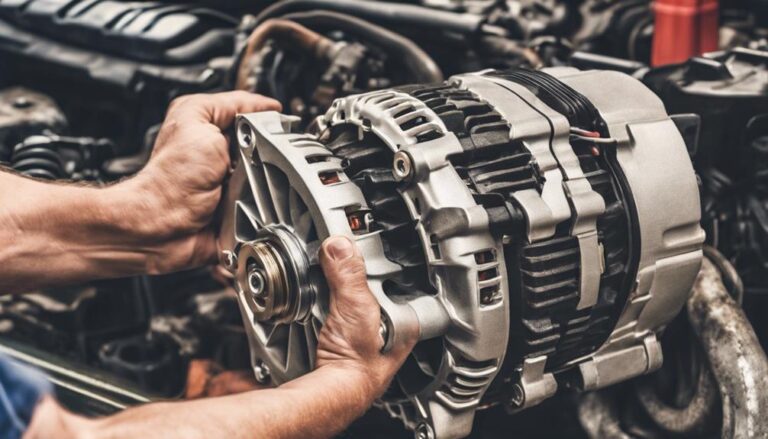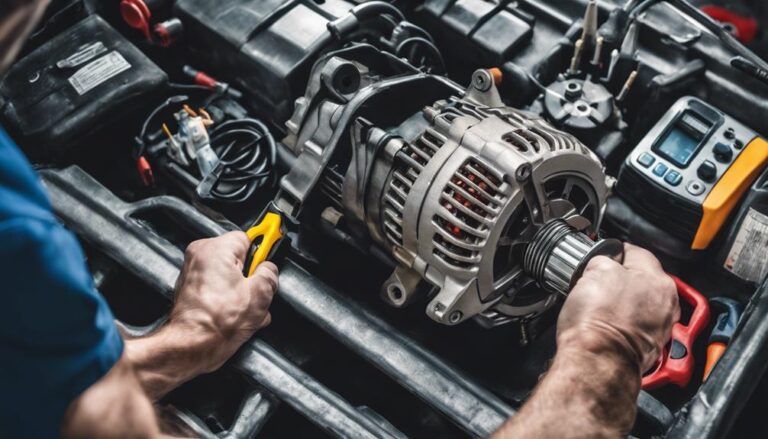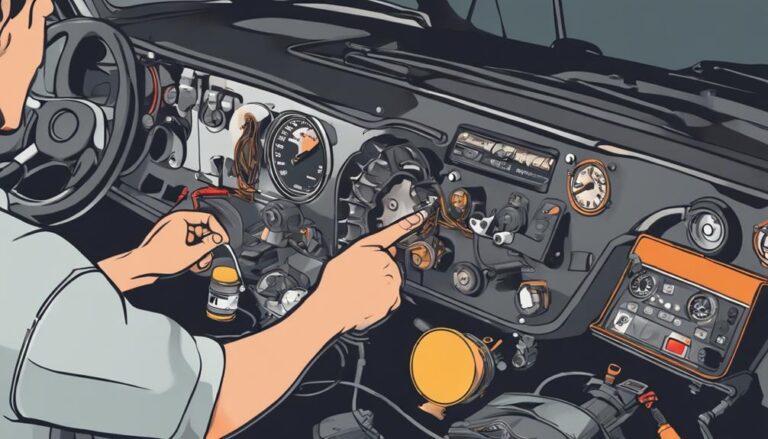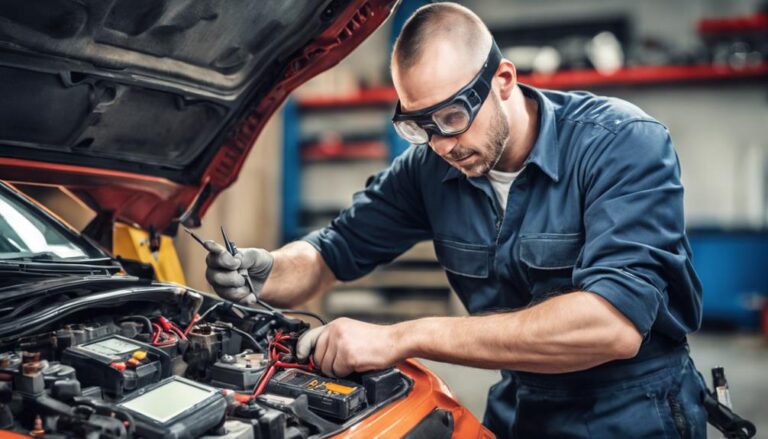Best Alternator and Starter Replacement Tips Explained
Imagine this: your car engine struggling to start, the whirring sound echoing in frustration.
What if there was a way to guarantee a smooth and efficient replacement of your alternator and starter, saving you time and money?
Discover expert tips on diagnosing issues, choosing the right components, and maintaining these crucial parts for peak performance.
You'll be equipped with the knowledge to tackle these tasks confidently, ensuring your vehicle stays reliable on the road.
Key Takeaways
- Regular maintenance prevents alternator and starter failures.
- Choose compatible and high-quality starters for efficient engine cranking.
- DIY alternator replacement saves time and money with proper steps.
- Monitor warning signs and factors affecting lifespan for timely replacements.
Signs of Failing Alternator
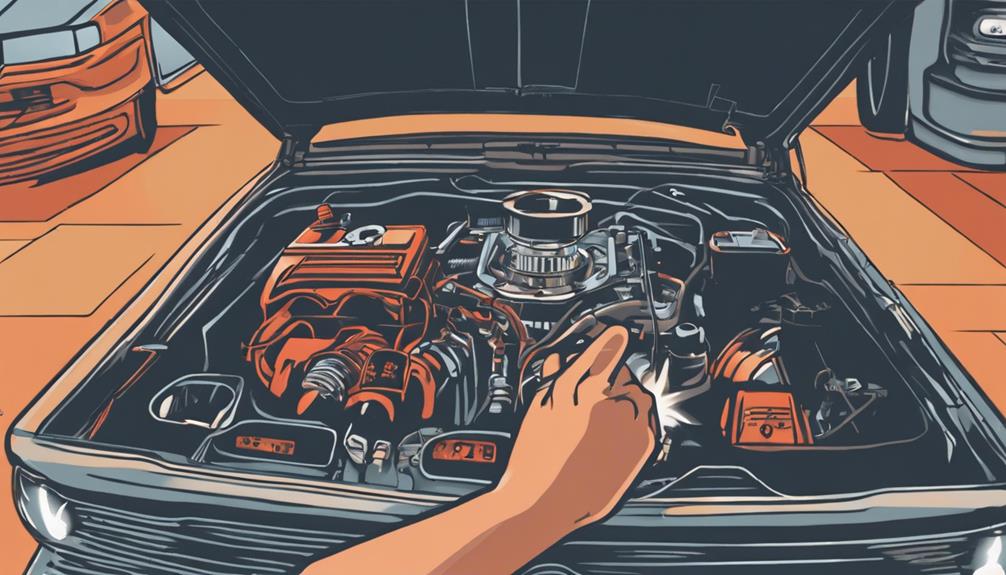
If your car's dashboard warning light for the battery comes on, it may indicate a failing alternator. This warning light is important as it signals potential issues with your vehicle's charging system. Another sign to look out for is unusual noises coming from the engine area, like grinding or whining sounds. These noises can be a result of a failing alternator bearing or pulley, indicating that immediate attention is required.
When the alternator starts to fail, it can lead to various electrical problems in your vehicle. The alternator is responsible for charging the battery and powering the electrical systems while the engine is running. If it malfunctions, you may experience dimming headlights, dead battery, or even stalling of the engine.
Ignoring these warning signs can result in further damage to your vehicle and potentially leave you stranded on the road. It's essential to address any issues promptly to prevent more significant problems and ensure the smooth operation of your car.
Factors Affecting Starter Lifespan
When considering the lifespan of a starter, various factors come into play that can greatly impact its longevity and performance. One of the common causes of starter failure is continuous cranking without allowing sufficient time for cooling. This overheating can lead to damage to the starter motor and decrease its lifespan.
Another factor is voltage spikes, which can occur due to faulty wiring or a failing battery, causing stress on the starter components. Additionally, poor maintenance practices, such as ignoring grinding noises during startup or ignoring slow cranking issues, can accelerate starter wear and reduce its lifespan.
To troubleshoot starter issues and prolong its lifespan, it's essential to address these common causes promptly. Regularly inspecting the starter motor, cables, and connections for signs of wear or damage can help prevent premature failure. Ensuring the battery is in good condition and properly maintaining the electrical system can also contribute to a longer starter lifespan.
DIY Alternator Replacement Steps
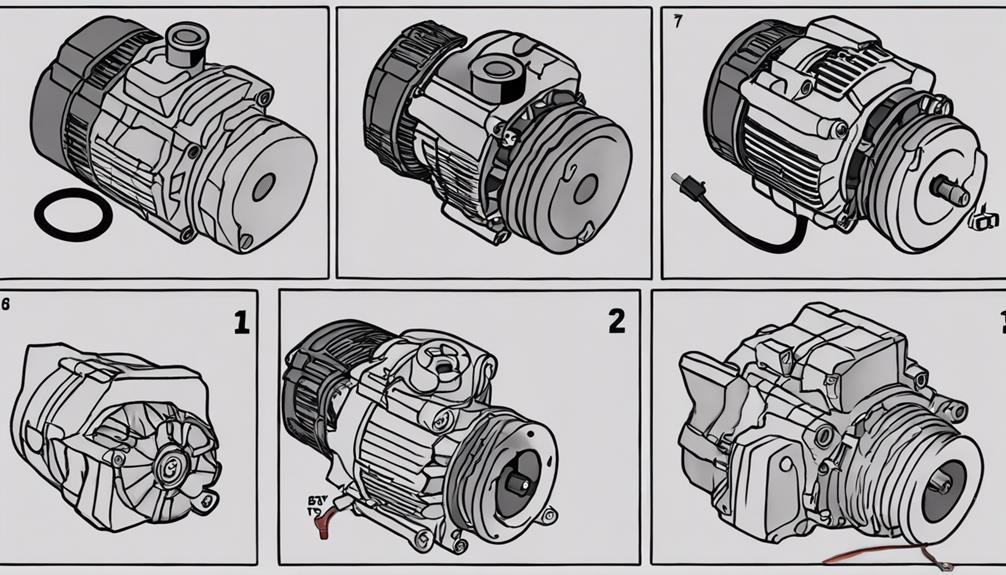
To begin the process of replacing your alternator, gather all the necessary tools and equipment in a well-lit and spacious work area. Safety precautions are essential, so make sure the engine is cool before starting. Disconnect the battery to prevent electrical accidents.
Next, locate the alternator in your vehicle; it's typically near the front of the engine. Use your owner's manual for guidance if needed. Before removing the old alternator, troubleshoot to confirm it's the issue. Check for signs like dimming lights or strange noises.
Once you're certain the alternator needs replacing, start by loosening the drive belt and removing any electrical connections. Take note of the belt's routing for reassembly. Unbolt the old alternator and replace it with the new one, securing all connections tightly.
Reinstall the drive belt, reconnect the battery, and start the engine to ensure everything is functioning correctly. Following these steps and troubleshooting tips will help you successfully replace your alternator.
Choosing the Right Starter
When selecting a starter for your vehicle, contemplate factors such as compatibility with your engine type, output capacity, and warranty coverage to guarantee top performance and longevity. Starter selection is critical as using an incompatible starter can lead to starting issues and potential damage to your engine. Make sure that the starter you choose is specifically designed for your vehicle's make, model, and engine type to avoid any compatibility issues.
The output capacity of the starter is another crucial aspect to contemplate. Confirm that the starter has the necessary power to crank your engine effectively, especially in extreme weather conditions. A starter with higher torque can provide quicker and smoother engine starts, enhancing overall performance.
Additionally, warranty coverage is crucial when choosing a starter. Opt for starters that come with a warranty to protect your investment and provide peace of mind. In case of any issues, having warranty coverage can save you from costly repairs.
For installation and troubleshooting techniques, refer to your vehicle's manual or seek professional assistance to ensure proper fitting and functionality.
Maintenance Tips for Longevity

Guarantee peak performance and prolong the lifespan of your alternator and starter through regular maintenance practices. To make certain your vehicle's electrical system operates smoothly, follow these preventive measures and troubleshooting tips:
Maintenance Tips for Longevity
| Maintenance Schedule | Inspection Techniques | Preventive Measures |
|---|---|---|
| Check battery connections | Inspect for corrosion or loose connections | Regularly clean terminals |
| Test alternator output | Use a multimeter to check voltage | Replace worn-out belts |
| Inspect starter solenoid | Listen for unusual noises when starting | Keep the starter motor clean and free of debris |
Frequently Asked Questions
Will Replacing the Alternator or Starter Affect the Performance of Other Electrical Components in the Vehicle?
When you substitute the alternator or starter, it can impact the performance of other electrical components in the vehicle. Confirm compatibility to uphold the reliability of your electrical system and prevent any potential issues down the road.
How Often Should the Alternator and Starter Be Checked for Potential Issues?
To guarantee peak performance, inspect your alternator and starter regularly. Look for signs like dimming lights or slow cranking. As a rule of thumb, examine them yearly or every 12,000-15,000 miles. Prevent issues before they escalate.
Are There Any Specific Tools or Equipment Required for Alternator or Starter Replacement That May Not Be Mentioned in the DIY Steps Section?
You might think you're off the hook with basic tools, but surprise! Special tools like a harmonic balancer puller, serpentine belt tool, or torque wrench could be lurking around the corner for that alternator or starter job.
Can Using Aftermarket Alternators or Starters Affect the Overall Performance of the Vehicle Compared to Using OEM Parts?
Using aftermarket parts like alternators or starters can impact your vehicle's performance. These parts may not meet OEM standards, leading to issues like lower efficiency or compatibility problems. Guarantee compatibility and quality when choosing aftermarket components.
Are There Any Warranty Options or Guarantees Available for Alternator and Starter Replacements?
When seeking alternator and starter replacements, explore warranty coverage for peace of mind. Repair options vary; authenticate quality assurance for customer satisfaction. Look for guarantees that align with your needs and safeguard your investment.
Conclusion
So, remember, proper maintenance is key to ensuring your alternator and starter last as long as possible.
Just like a well-oiled machine, these components need attention and care to keep running smoothly.
By staying alert to warning signs, following replacement tips, and choosing the right parts, you can avoid being stranded on the side of the road.
Keep your vehicle in top shape and it will thank you with reliable performance for years to come.

